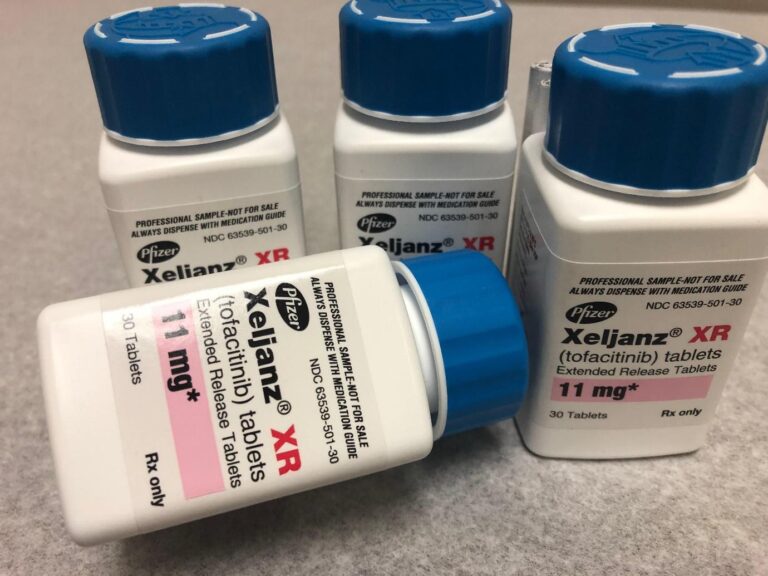Tasigna is an oral chemotherapy drug and is usually used to treat an illness called Chronic Myelogenous Leukemia. Long term side effects of Tasigna can cause long QT syndrome, which is a dangerous abnormal heart rhythm that may lead to sudden death. Learn more about other side effects of consuming Tasigna below.
Tasigna Info and Usage
Novartis is the manufacturer of Tasigna (nilotinib). The drug continues as one of its most profitable medicines, earning $1.8 million in 2018. Doctors prescribe the drug for curing a particular type of blood cancer named Philadelphia chromosome-positive chronic myeloid leukemia.
The U.S. Food and Drug Administration approved Tasigna in 2007. But ever since then, there have been 11,532 reports of severe side effects and 3,100 deaths up to September 30, 2019, according to FAERS Public Dashboard. As of 2022, people who took the drugs are filing Tasigna lawsuits.
The active ingredient of Tasigna is called Nitolinib. When consumed, it works to curb the cancer-growing proteins named tyrosine kinases. The drug will block signals from abnormal blood proteins from creating leukemia cancer cells. Blocking the signals may stop cancer from spreading and enable healthy blood cells to grow.
The purpose of Tasigna usage for treatment is to achieve normal blood counts in patients, reducing and eliminating the Philadelphia chromosome along with BCR-ABL1 gene expression.
According to the National Cancer Institute, the Philadelphia chromosomes in bone marrow cells are considered to be abnormal. The doctors may permit the discontinuation of taking Tasigna when a patient attains a major molecular response (MMR) for at least three years.
Long Term Side Effects of Tasigna and Prevention
Tasigna has boxed warnings regarding long QT syndrome, a type of irregular heart rhythm that can cause sudden death as the long-term side effect of using it. Boxed warnings included when buying the drug are the most serious warnings provided by the U.S. Food and Drug Administration (FDA).
The purpose of boxed warnings is to alert doctors and patients about the dangerous side effects of taking Tasigna. When experiencing long QT syndrome, there will be electrical changes to the heart rhythm that whether or not may have these several symptoms, including:
- Fainting.
- The feeling of existing skips in the heartbeat.
- Dizziness.
- Experiencing extra heartbeats.
Long QT syndrome, as part of the long term side effects of Tasigna, may lead to serious heart problems. Reportedly, the syndrome can also cause sudden death, and this effect has occurred in people after consuming the drugs. Factors that can increase the risk of getting long QT syndrome when taking Tasigna are:
- Taking Tasigna with food.
- Consuming other medications alongside Tasigna.
- Certain heart problems.
- Problems with electrolytes or minerals inside the body. For instance, low magnesium, low sodium, low calcium, low phosphorus, and high or low potassium.
Before taking the Tasigna medication, you will have an electrocardiogram (ECG) test to check the heart’s electrical rhythm. After a week, you will do the ECG test again after starting the treatment using the drugs. During the treatment, you will have the ECG test regularly.
Be sure to notify the doctor about your medical history and all medications you currently take to prevent the emergence of this syndrome. If you notice some symptoms of long QT syndrome, immediately contact your doctor or call 911 for emergency medical help.
Other Side Effects of Using Tasigna
After knowing the long term side effects of Tasigna, there are also other side effects that you need to know. According to Medical News Today, the classifications of the other side effects are divided into common, mid, and severe. Read on for more explanation on them:
1. Common Side Effects
The commonly occurring Tasigna side effects can be temporary, up to a few days to weeks. Despite that, if the side effects last longer than usual, become severe, or bother you from doing everyday tasks, you must tell your doctor or pharmacist. Some common side effects that people experience when taking Tasigna are:
- Diarrhea.
- Fatigue.
- Headache.
- Rash.
- Nausea or vomiting.
- Itching.
- Constipation.
2. Mild Side Effects
Patients can experience mild side effects during Tasigna use. Similar to the common ones, the side effects may be temporary and last a few days to several weeks. Talk to your doctor or pharmacist if you have additional issues due to the side effects. Some of the mild side effects you may get from taking Tasigna include:
- Dry skin.
- Fever.
- Common cold.
- Feeling weak.
- Cough.
- Muscle spams.
- Pain in your muscles, bones, joints, or back.
- Abdominal pain.
- Night sweats.
- Dizziness.
- Indigestion.
- Peripheral edema (hand, feet, and ankles swelling).
3. Severe Side Effects
Taking the medication may cause severe and long term side effects of Tasigna. It can be life-threatening and needs emergency measures. Contact your doctor, 911, or your local emergency number immediately if you experience the severe side effects and the symptoms listed below during the medication.
a. Pancreatitis or Pancreas Inflammation
The symptoms of this side effect are:
- Fever.
- Nause and vomiting.
- Reduced appetite.
- Abdominal pain in the upper part (this could extend to your back).
b. Serious Bleeding
The symptoms of serious bleeding are:
- Continuous bleeding that’s hard to control or stop;
- Blood in urine that may look pink or red;
- Blood in stool, which may look red, black, or like tar;
- Throwing up blood that could look red or like coffee grounds;
- Severe headache.
c. Blockage of Blood Vessels
The blockage of blood vessels can happen in your brain, heart, or legs. The symptoms of this side effect you may suffering from such as:
- Chest pain.
- Numbness.
- Trouble walking.
- Feel pain or cold in your leg.
- Change of skin color in the leg.
- Shortness of breath.
- Trouble speaking.
d. Tumor Lysis Syndrome
Tumor lysis syndrome may occur because of harmful chemicals released by dying cancer cells in the blood. The symptoms of this severe disease are:
- Seizures.
- Abnormal heartbeat.
- Muscle cramps.
- Fatigue.
- Diarrhea.
- Nausea and vomiting.
e. Severe Edema (Fluid Retention)
The fluid may gather around the heart, lungs, or abdomen in this condition. The symptoms of severe edema include:
- Rapid weight gain.
- Abdomen swelling.
- Shortness of breath.
Do You Understand About Long Term Side Effects of Tasigna?
Tasigna is indeed helpful for treating specific health conditions. However, you must take it by following the doctor’s prescription and with precaution to prevent the long term side effects of Tasigna. You can consult an experienced lawyer to file a claim if you suffer from the side effects without any prior knowledge of it.



